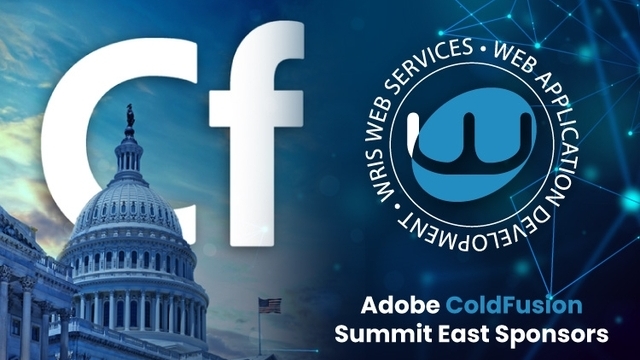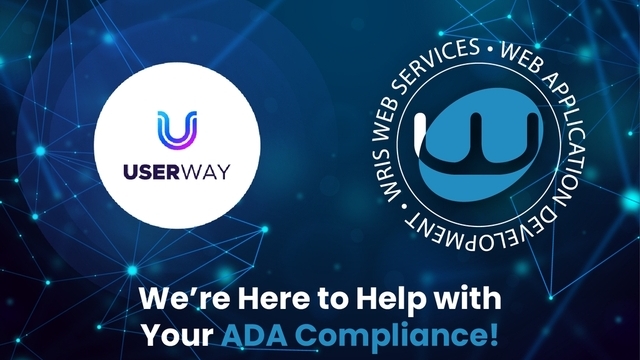
We get a lot of questions about Facebook. Almost everyone uses it, but many small to mid-sized companies seem unsure of how to take advantage of its extraordinary reach. We hope this helps.
Should we be on Facebook? (Variation: Should we be doing more on Facebook?)
The simple answer to both is, Probably, yeah. There is simply no arguing with the numbers. Social media platforms are now the biggest drivers of web traffic, and Facebook is the Godzilla of social media. Here are some highlights from a Shareaholic report:
Social media platforms are eating every other traffic source’s lunch. Formerly, organic search (i.e. Google, Bing, Yahoo, etc.) made up the lion’s share of overall visits to sites.
In 2014, the tables turned. … Collectively, the top 8 social networks drove 31.24% of overall traffic to sites in December 2014, up from 22.71% the same time last year. … Facebook continues to dominate the charts with few real challengers. Its 24.63% share of traffic makes Pinterest, which drives 5.06% of overall visits to sites around the web, a distant runner-up. Twitter, in third place, captures a 0.82% share. This alone is more than the aggregate traffic the five other social networks send to publishers.
Time.com recently called Facebook’s News Feed “one of the most influential products on the Internet.”
(Read the article for a detailed explanation of how the News Feed works.)
We agree that Facebook isn’t necessarily useful for every company. LinkedIn remains the preferred platform for B2B, according to the Content Marketing Institute, with Twitter second and Facebook a close third. But Facebook has more active users than the other two combined, and obviously many of them are the decision-makers that a B2B needs to reach.
Facebook’s environment is also less formal and buttoned-down than LinkedIn’s, which presents an opportunity and challenge: how to fit in comfortably without diluting your brand. That may not be easy, but it is possible.
Facebook is free, right?
Facebook is “free” in roughly the same way that television is “free.” If you’re content with the few stations that are broadcast over the airwaves, then all you need is a TV. To get more, you’ll need a cable or satellite service, and/or a streaming device like Roku, and of course the best stuff is on channels that charge additional subscription fees.
As we’ve explained before, Facebook wants brands, organizations and anyone else operating a Page to pay for reach. Based on our observations, the typical Page post reaches anywhere from 5 to 20 percent of the followers of that page (Facebook shows stats to Page admins). To reach all of them, you have to pay to boost the post. Boosting can be much cheaper than other forms of advertising — as little as $1 per day — depending on how many people you want to reach. The real investment in marketing on Facebook is in time, but we’ll come back to that.
There are exceptions to Facebook’s suppression of organic (unpaid) reach, and they can be revealing.
In June, we posted a New York Times article about the Major League Baseball “hacking” scandal to the Facebook page of our client Concord Technology Group. The post reached 564 people — far above the page’s average. Here’s why we think that happened. The New York Times is one of a few media companies with a special (and controversial) deal with Facebook to publish content directly to the Facebook platform, as opposed to linking back to the Times’ own web site. It would follow, then, that Facebook’s algorithm would favor these companies, showing their content to more people. The fact that the story was trending that day may also have contributed to the post’s surprising reach.
But … The reach of a more recent NYT article that we posted for Concord was within the range of normal, around 10 percent. Still, we’ve seen enough to suspect that Facebook prefers posts that link back to well-established sources. The highest-reaching Concord posts since the MLB story were from Slate, the popular online magazine, and The Guardian, a major British newspaper.
However, we don’t advise trying to game the system by repeatedly posting trending news from Facebook media partners just to get the eyeballs. We posted the MLB article for Concord because the “hack” involved guessing a former executive’s password, and lazy password management is an issue Concord has addressed before. The news was consistent with Concord’s brand and online strategy.
Which brings us back to the real investment, time. We’ve long argued that doing social media poorly is worse than not doing it at all. Posting sporadically; posting only about your products or services; failing to respond to questions and complaints — these are all signs that you don’t really care about interaction. Social media management can be handled in-house or contracted out, but whatever the case, it should never be an after-thought. The care and feeding of your Facebook page is important. Someone has to love it for it to thrive.
What should we post?
That depends. Who do you want to reach? When you can answer the latter question, answering the former is much easier.
The idea of an “editorial promise” comes from content marketing but applies to social media curating as well: “Typically, you’re vowing to not be salesy. As Jay Baer would say, you’re promising to help, not hype. In making this promise, a brand needs to figure out what its content will be about, and what it won’t be about.”
The most effective way to keep a Facebook page active is through curating — sharing links to info that will be useful or entertaining to the people who like your page, and the people you’d like to like your page. Again, this requires time and persistence. But when you’ve made sharing useful information a priority, then followers are likely to forgive the occasional self-serving, “salesy” post.
Your Facebook “promise” can evolve over time, but your goal — serving your followers — should never change. And this brings us to the next question:
How can we get more followers?
Technically, you can buy likes, but it’s a terrible idea and a waste of money. Sorry, but there are no shortcuts here. You have to earn them. When your followers like or comment on your posts, they are more likely to see your future posts, and some of their friends will see that activity as well. And if likes and comments are base hits, then a share is a home run.
Broadly speaking, your goals should be to give people what they want, and to surprise them from time to time. We won’t lie — this is not easy. But it’s within reach for any company or organization that really understands who it serves and why. Who are my readers? What do they care about? What can I show them today that will inform, entertain or help them?
Is there a danger in posting too much?
Short answer: no. If you aren’t boosting, then few of your followers are seeing any given post anyway. If some followers are seeing everything you post, it’s almost certainly because they frequently click on the links — and that’s what success looks like.
WRIS offers custom social media management and content marketing services. Contact us to find out if we can help your organization.



